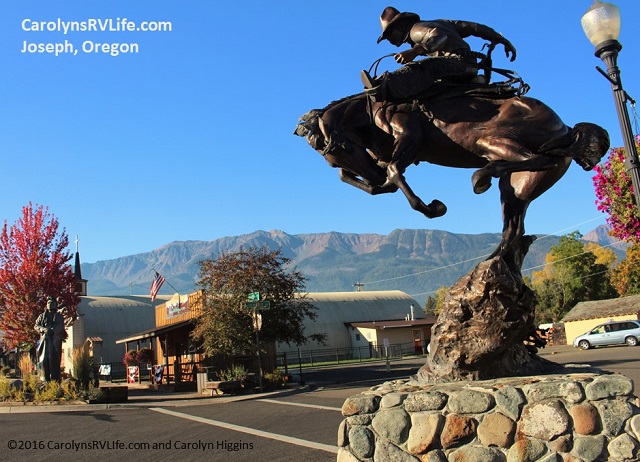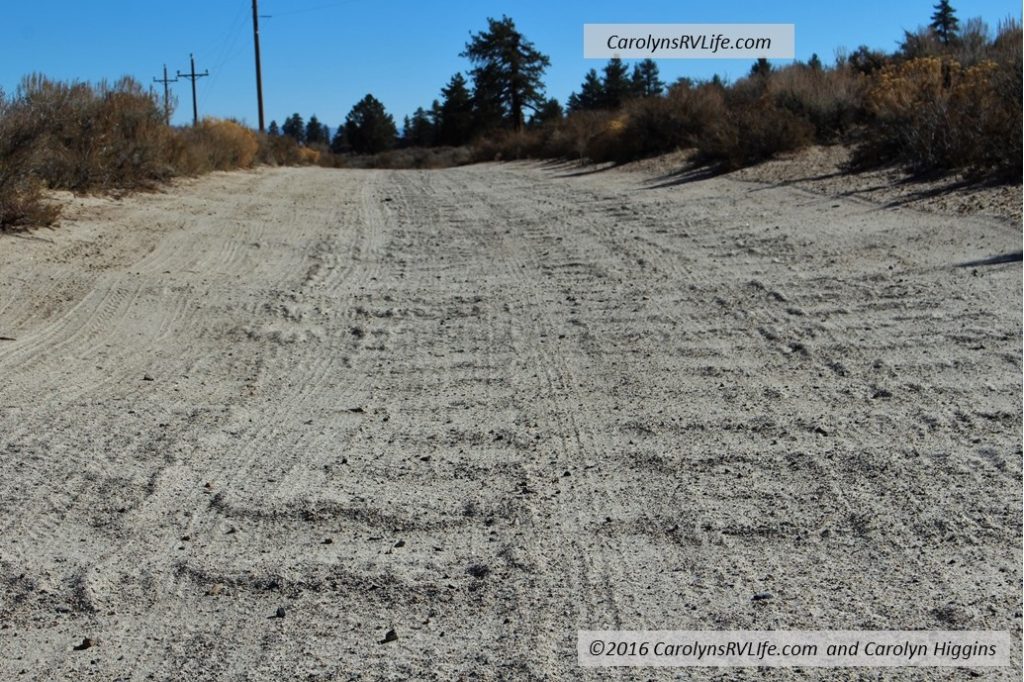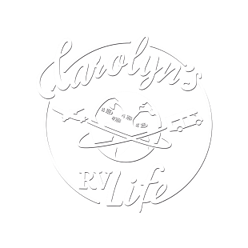RV Living Fun Fact: What is a Purple Heart City

Traveling through Oregon this past summer, I noticed several “Purple Heart City” signs. I wondered what that meant. What makes a city a “Purple Heart City”? Is the mayor or other town resident a Purple Heart recipient? Does the town’s population have a larger than average percentage of veterans? Being the research nerd that I […]
How to Drive an RV on WashBoard Roads

Fun RV Living Fact of Life: How are Washboard Roads Formed? We’ve all encountered them, and those of us who love to boondock on BLM land and National Forests drive on them a lot. Those ridged, bumpy, wall rattling, dish-clanking, drive shaft clunking, dirt or sand roads that are annoying as hell to drive on. […]


